Dresden is a large city in Germany of about 525,000 citizens (2013). It was mostly destroyed during the Second World War. It wasn’t until the unification of Germany in 1994 that serious reconstruction began. Most of the reconstruction was completed in the early 2000s. The city’s biggest claim to fame is Augustus II the Strong, who became king of Poland.
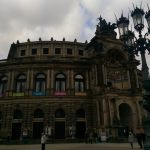
Theater Square: The Opera House has statues of Shakespeare and Moliere sitting on either side of the facade. The Opera House used to be a place for the performance of international plays. Now, it is purely used for musical performances.
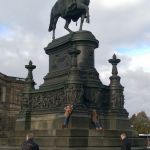
Statue of King Johann: King Johann was said to be a very intellectual king. He spent most of his time reading books and was only once on a horse... and that was for this sculpture.
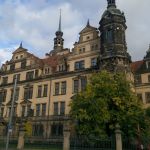
The royal palace was built in the 1200s. It was destroyed in the Second World War and restoration was completed in 2013. Currently it houses four museums.
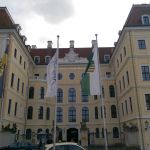
Taschenbergpalais: Completed in 1708, the palace was built for Countess Anna Constanze von Hoym, who was King Johann Friedrich Karcher's mistress. It was also destroyed in 1945 and rebuilt from scratch in the late 1990s. Currently, it is a five star hotel.
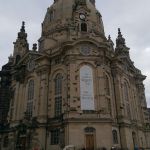
The Frauenkirche of Dresden was first built in the 11th century. It was initially Catholic but became Lutheran after the Reformation. It too was destroyed during the Second World War and rebuilt in the late 1990s. In Dresden, there are over 70 Lutheran churches today.
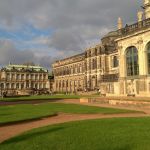
The Zwinger was built in the late 12th century. It was part of the city wall and used as a thin defense barrier. More often though, the garden was used to throw festivals. Currently, it houses the Old Masters Picture Gallery (which is set to be completed in 2018).
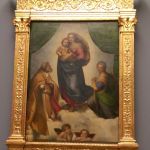
The Sistine Madonna by Rafael is the most famous painting currently at the Old Masters Picture Gallery.
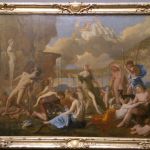
Nicholas Poussin painted The Realm of Flora in the 17th century. In this painting, he depicts the continuation of life in different forms, namely flowers. Flora, goddess of flowers and of the season of spring, turns Roman characters into flowers upon their death. At the far left is Priapus, the god of garden and fertility. To the right is Ajax falling on his sword after having lost the battle for the arms of Achilles. White carnations grow at the base of his sword which will later be turned purple because of his blood. At the middle in the foreground are Narcissus and Echo. Echo fell in love with Narcissus and followed him everywhere. Narcissus, obsessed with himself dies staring at his own reflection and becomes a narcissus flower. Behind the couple is Clytie, a mortal who fell in love with Apollo, the sun god. She was rejected by Apollo and thus turned into a Heliotrope (a sunflower) to represent her unrequited love. To the right with the yellow sheet is Hyacinthus, another mortal who fell in love with Apollo. Apollo returned his affection but that made Zephyrus, god of the west wind, jealous. Hyacinthus dies in a game of discuss throwing when Zephyrus alters the wind. He then becomes a hyacinth flower. Next to him in the blue sheet is Adonis, a hunter loved by Venus. He died while hunting a boar and was turned into an anemone. Finally, Smilax and Crocus turned into bindwind and saffron respectively.